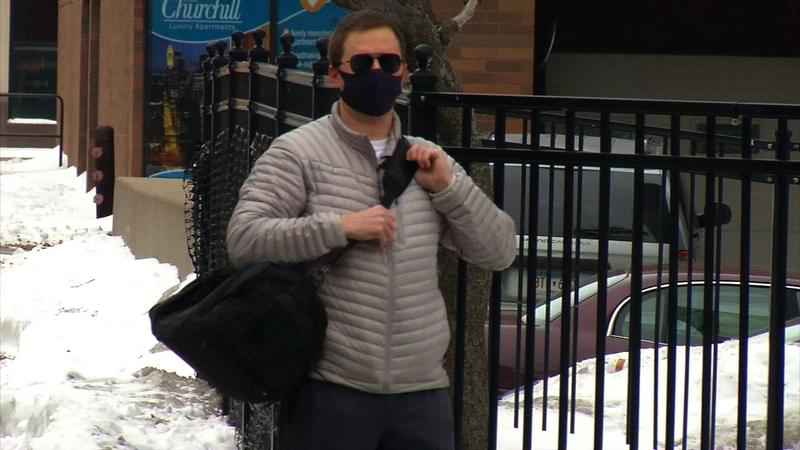MnDOT, University of Minnesota work together on app to help the visually impaired at signal crossings
[anvplayer video=”5002973″ station=”998122″]
A collaboration between the University of Minnesota and the Minnesota Department of Transportation is hoping to help the visually impaired.
The U of M and MnDOT conducted research on a new app to see how it could help people at signal crossings.
"Thinking about crossing the street is something extra to think about," said Stephen Letnes, who is legally blind and lives in Minneapolis. "I personally have a little extra anxiety when crossing streets because I have been hit by traffic before."
To help people like Letnes, MnDOT and the U of M worked together on an app called Pednav that helps those who are visually impaired cross safely.
"We’re trying to understand the need and challenges they have," Chen-Fu Liao, senior research associate at the University of Minnesota, said.

[KSTP]
Signal Operations Engineer Mike Fairbanks, with MnDOT, said they tested out the technology at six different locations in Stillwater.
"That was MnDOT’s purpose, we want to see if this stuff works," Fairbanks said.
The app lets you know when it’s safe to enter the intersection. Plus, there’s a voice command and vibrate feature that informs you how many seconds you have to cross safely.
It works by having Bluetooth Low Energy beacons send traffic signals to your phone. Liao said, like anything, trial and error is key.
"When you tell people you have 20 seconds to go but in fact it’s only 10, that’s going to be dangerous so we want to make sure the system is able to respond and provide that information in near real-time," Liao said.
The app isn’t available for download yet because research is ongoing. But both partners agree it’s crucial to get community input.
"We’ve used some of the people that are visually impaired as a sounding board to actually ask them what they thought of some of the technology we’re putting out," Fairbanks said.
"We hope that, eventually, we’ll be able to expand this into a much wider scale," Liao said.
"Active participation will make any technology far superior than otherwise," Letnes said.
For the millions of Americans who are visually impaired, Letnes is encouraged by the possibilities this project creates.
"I’m all about it, I love it," Letnes said.